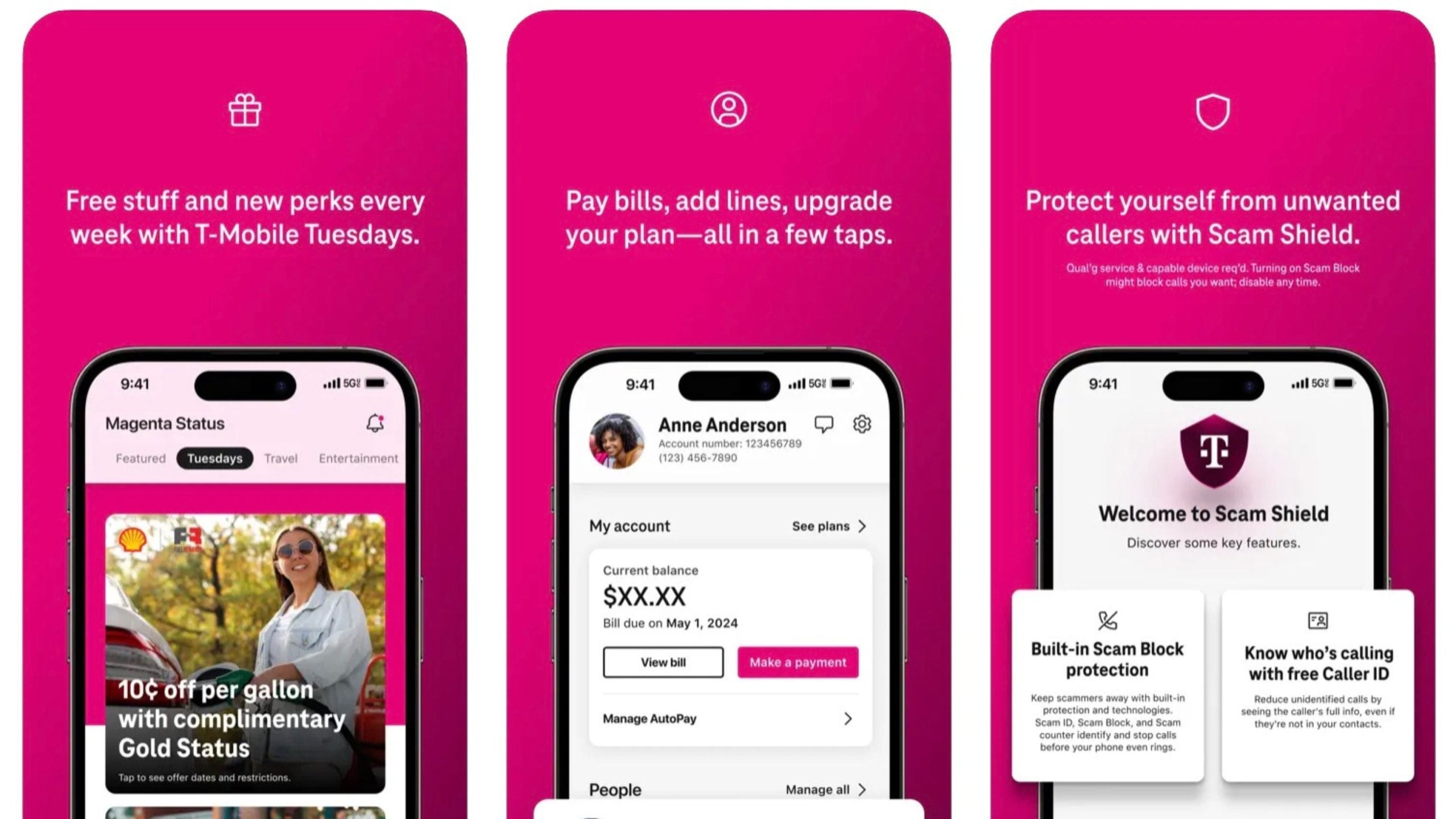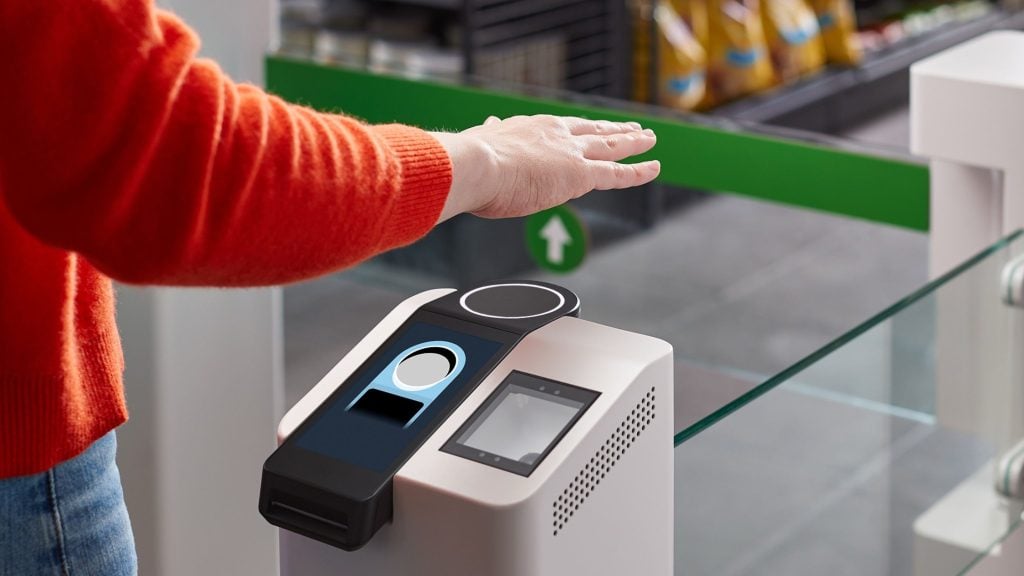T-Mobile is facing renewed backlash over its T-Life app, this time for quietly introducing a screen recording feature that is automatically activated on some devices. The tool, labeled “Screen recording tool,” has been discovered by users in the app’s settings, prompting immediate concerns about transparency and user consent.
Described as a means of gathering behavioral data to help enhance the app’s functionality, the tool is being deployed without upfront notification in many cases.
Though T-Mobile insists it does not collect personal data and only monitors activity within the app itself, the feature’s default-on status has unsettled many customers. The company told CNET, “This tool records activities within the app only and does not see or access any personal information,” and noted that users can deactivate it under the Preferences section.
While this type of telemetry is not uncommon in the tech world, the method of deployment here has caught attention. Unlike the app’s pre-existing Screen Share function, which allows support reps to view a user’s screen during troubleshooting, but only with explicit approval, this newly introduced screen recorder operates passively in the background.
Those using newer devices, including iPhones, have reported spotting the toggle under T-Life’s settings. When opened, the setting reveals a message: “We use a tool to record how customers use the app to analyze and improve your experience. Only T-Mobile will review and analyze your info.” The wording clearly distances the feature from the more familiar customer support tool, yet fails to explain why consent isn’t requested beforehand.
Reports from tech publications such as Droidlife have shown that this change hasn’t gone unnoticed, especially among users who discovered the feature had been turned on without their knowledge. As awareness spreads, the rollout has ignited questions about how much control customers really have over what’s being recorded.
For those looking to disable the feature, the path isn’t overly complicated. Open the T-Life app, tap on “Manage,” then the settings gear, and navigate to “Preferences.” If the new feature is present, you’ll find a toggle that can be switched from magenta (active) to gray (inactive), along with the explanatory message.
The rollout appears to be gradual, and it’s unclear whether the update is limited to specific models or regions. Still, the underlying concern is a familiar one: even if the intent is diagnostic or performance-related, implementing such tools without prior opt-in continues to erode trust.
T-Mobile has framed the update as a way to “quickly troubleshoot reported or detected issues,” but the lack of a transparent opt-in mechanism calls into question how seriously user autonomy is being taken. Rather than allowing individuals to knowingly consent before any screen activity is recorded, the company has once again leaned on passive data collection under the banner of user experience.










